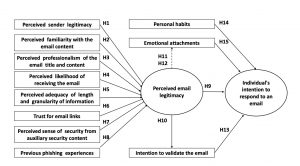Turbo-charging e-government
But most governments have been slow to move to the third stage of e-government — creating functionally oriented, citizen-centered Web presences by breaking down bureaucratic barriers. Too often, existing e-government applications are user-unfriendly, designed around agencies’ needs rather than citizens’.
Some in government have pushed hard to get to stage three, but all too often, they’ve faced stiff resistance. By their very nature, governments have a hard time building applications that link together multiple agencies and programs, and an even harder time linking applications that cut across levels of government.
Few agencies see their job as helping users solve problems or access information, including information from other related agencies, other levels of government and even private-sector players. Rather, the default attitude is to present only their agency’s information and applications. As a result, it doesn’t appear that governments acting alone will any time soon make the kinds of fundamental changes needed to bring about true citizen-centered e-government.
Government and the private sector have already engaged in successful partnerships in numerous areas. One of the most widely used is tax preparation and filing. […]
It’s time to build on this model by empowering for-profit and nonprofit organizations to help citizens and businesses interact electronically with government, particularly in areas that are inherently complex or involve cross-agency and cross-government functions.
To do this, governments must think of themselves less as direct providers of e-government services and more as enablers of third-party integrators that tie together multiple agencies across multiple levels of government to package information, forms, regulations, and other government services and requirements in user-friendly ways.
Moving to this model has the potential to dramatically boost the uptake of digital government services, cut costs for both government and users, and make the experience of dealing with government less frustrating. Intermediaries can play a key role in two kinds of tasks: building and operating function-based portals, and creating digital integration tools.




